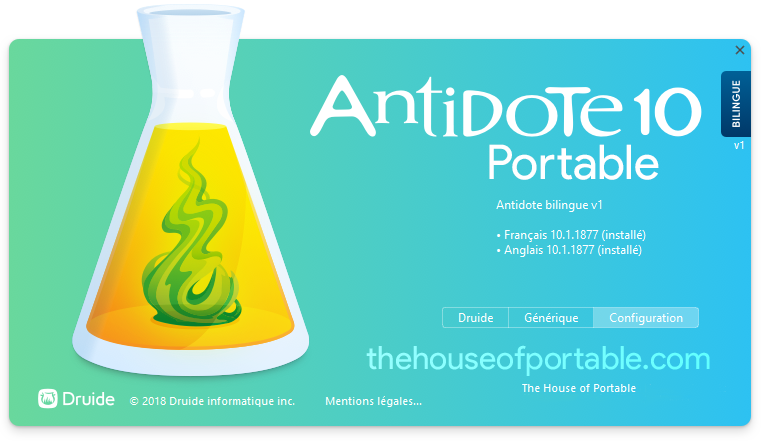

1,7Īlthough activated charcoal has efficacy against some toxins, activated charcoal administration still has its risks, including 1: The toxin is at risk of being released back into the GI tract and absorbed, so activated charcoal is often administered with a cathartic to hasten its exit from the body and minimize the chance of systemic absorption.Īctivated charcoal binds well to large organic substances but not to other compound types, including most heavy metals, alcohols (ie, ethanol, methanol), fluoride, nitrates, nitrites, caustics, petroleum distillates, sodium chloride, and chlorates. Because activated charcoal binds with weak chemical bonds, the bonds are reversible. 8 Toxins are then excreted in the stool, which limits systemic effects and can be potentially life-saving.

4,7 Activated charcoal adsorbs many chemicals and drugs via ion–ion interaction, hydrogen bonding, or dipole or weak van der Waals forces, which reduces the absorption of toxins from the GI tract.

Activated charcoal, which is coconut fiber or wood pulp processed under high heat and pressure to create molecules with large surface areas, is antidotal in some cases.


 0 kommentar(er)
0 kommentar(er)
